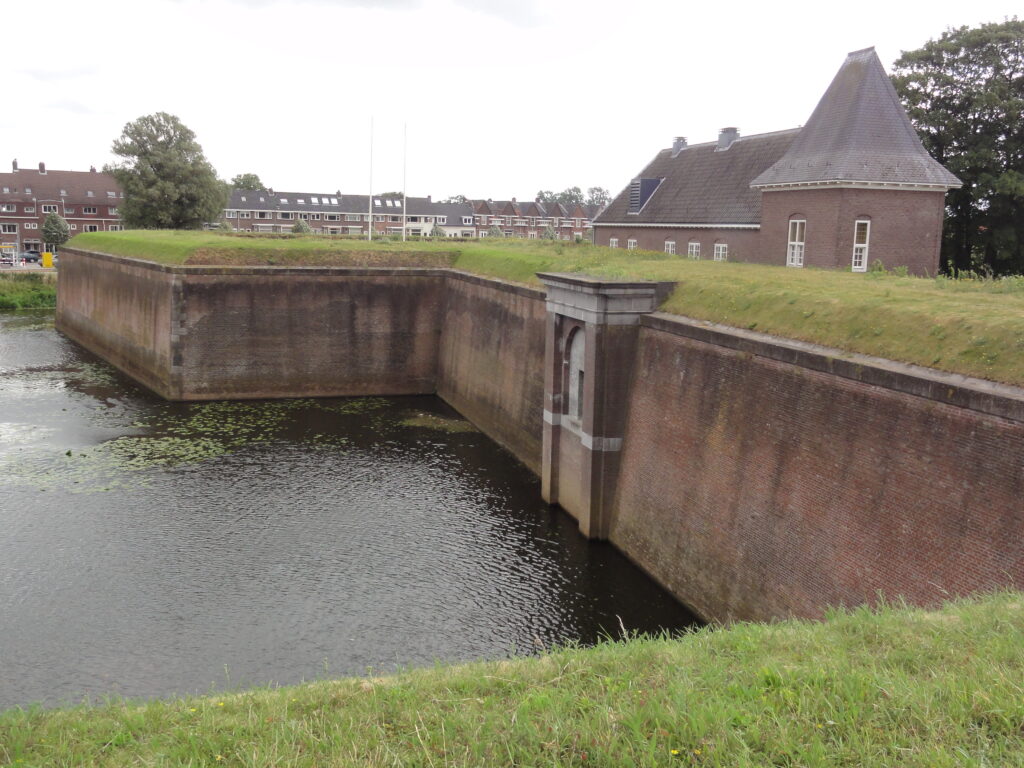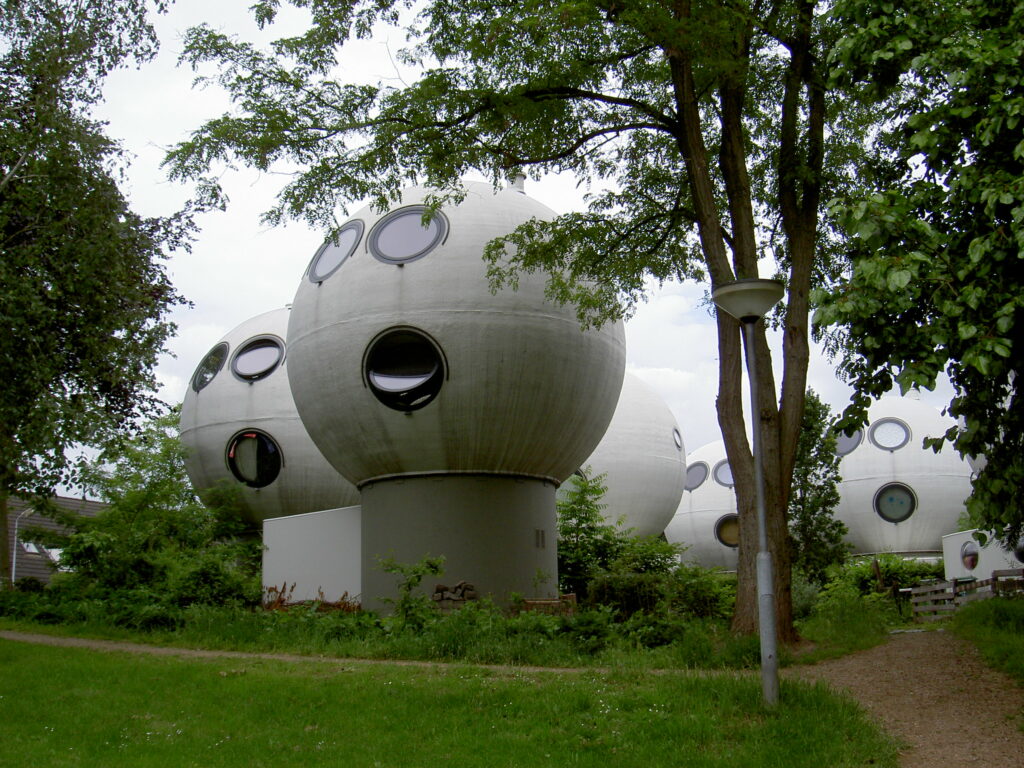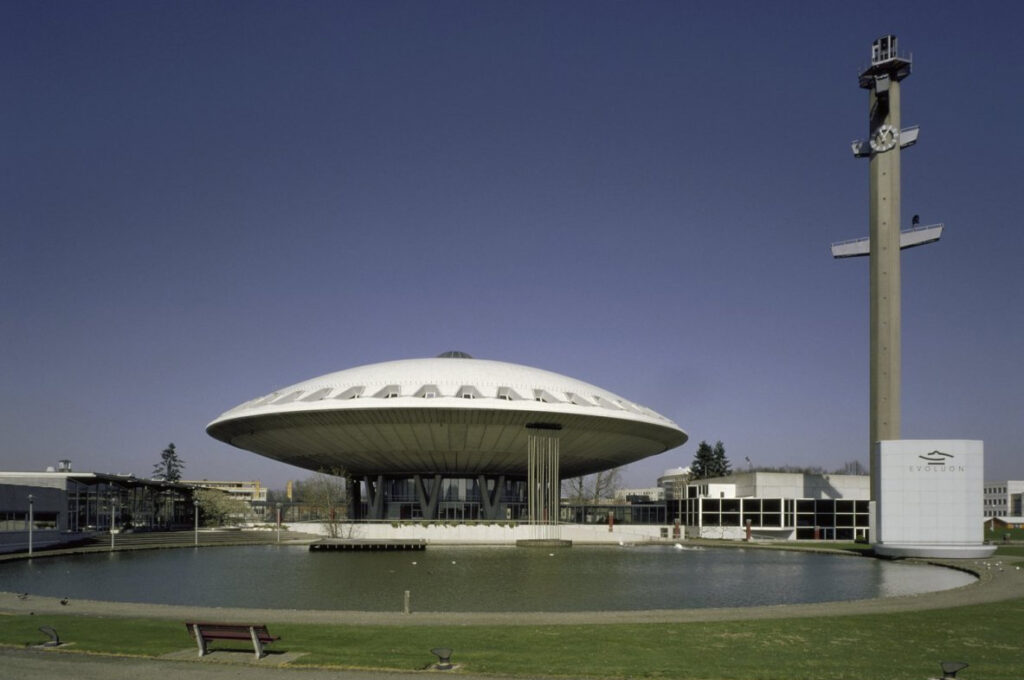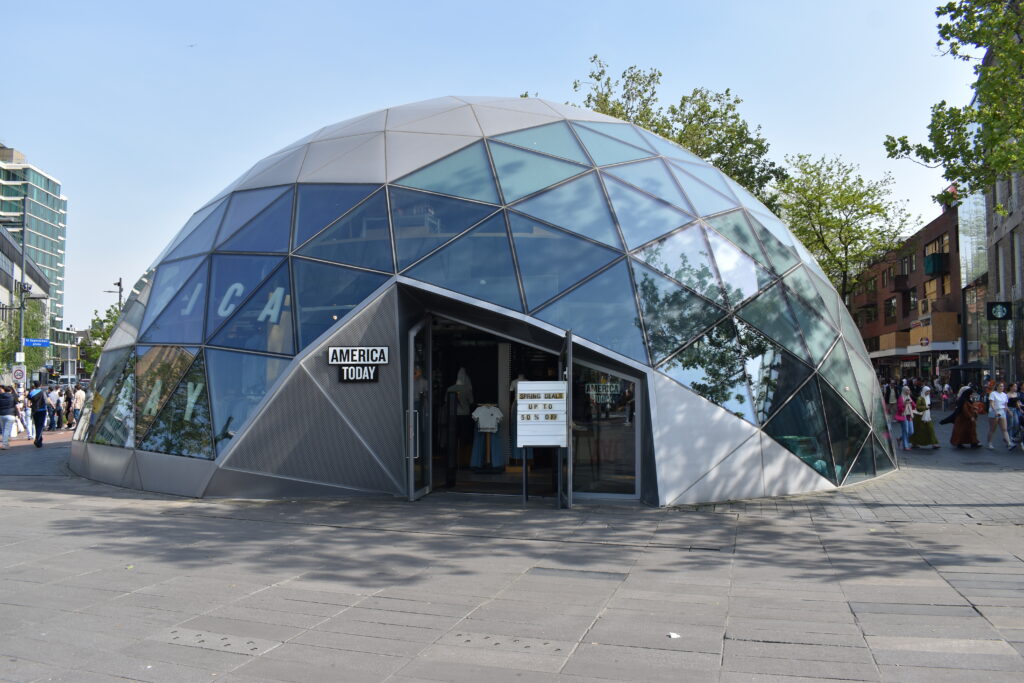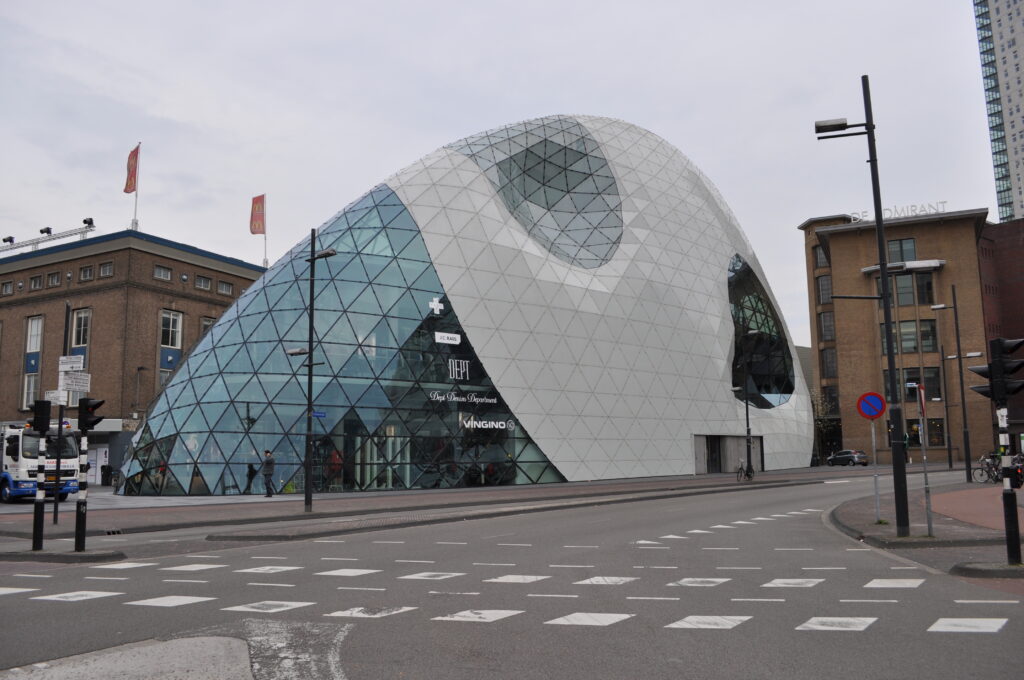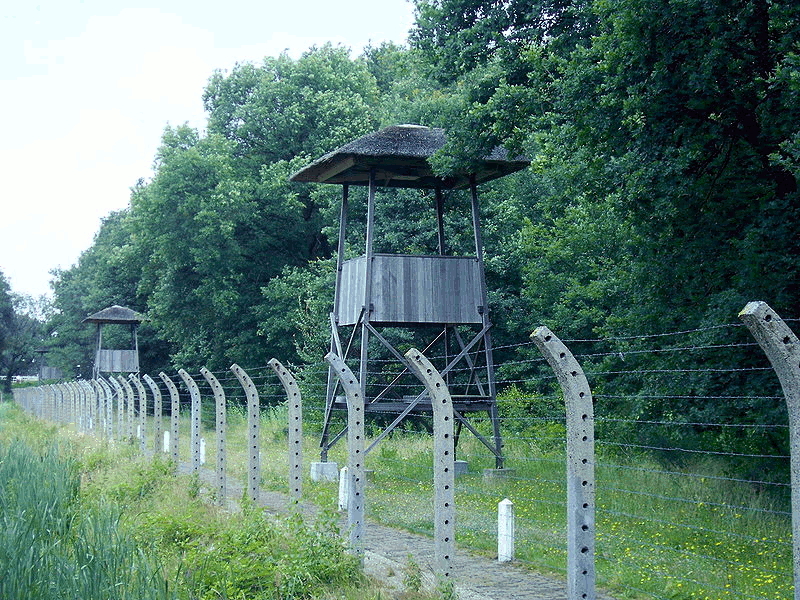
Kamp Vught, located near ‘s-Hertogenbosch, was the only SS concentration camp established in the Netherlands during World War II. Between 1943 and 1944, more than 35,000 people were imprisoned there, often in inhumane conditions. The site now houses a national memorial.
Galerie photos
A Nazi concentration camp in the Netherlands
Officially named “Konzentrationslager Herzogenbusch,” the Vught camp was opened in January 1943 on the initiative of the SS authorities. Located near the town of Vught, the camp was placed under the command of Karl Chmielewski. From the outset, it housed thousands of prisoners, many of whom had been transferred from Amersfoort and were often forced to participate in the construction of the camp.
35,000 prisoners in a repressive system
The camp held around 35,000 people, including 12,000 Jews, as well as political opponents, Roma, homosexuals, Jehovah’s Witnesses, vagrants, and prostitutes. Direct control was exercised by kapos, often from criminal backgrounds, under the authority of Dutch and German SS guards.
Extreme conditions and terror as the norm
The camp was divided into several sectors: a women’s zone, a Jewish sector, a hostage camp, etc. Prisoners were subjected to forced labor, particularly in workshops where they dismantled aircraft or worked with fur. Philips set up a special workshop there, where conditions were less brutal but still under Nazi control. Some prisoners deliberately sabotaged the production of flashlights as a symbolic act of resistance.
The bunker tragedy
On January 15, 1944, 74 women were locked in a 9 m² cell for showing solidarity with a fellow prisoner. After 14 hours without ventilation, ten of them died of asphyxiation. This tragedy, known as the “Bunker Drama,” caused a shockwave and led to the replacement of Commander Adam Grünewald.
Deportations and executions
In June 1943, more than 1,200 Jewish children were deported to Sobibor, where none survived. Students were also imprisoned in retaliation for an attack on a collaborator. The camp became a transit point to the death camps, with transfers to Westerbork, Auschwitz, Dachau, and Ravensbrück. More than 700 people lost their lives there, including 117 who were executed in just two days, on September 4 and 5, 1944.
Evacuation and liberation
On September 5 and 6, 1944, the camp was evacuated: 2,900 men were sent to Sachsenhausen and 640 women to Ravensbrück. On October 26, 1944, Canadian troops discovered an empty camp. In 1947, a monument was unveiled there by Princess Juliana.
The site today
Kamp Vught is now a memorial site, home to the Nationaal Monument Kamp Vught, as well as a prison and other facilities. The history of the camp remains a poignant testimony to the crimes committed by the Nazis on Dutch soil.
